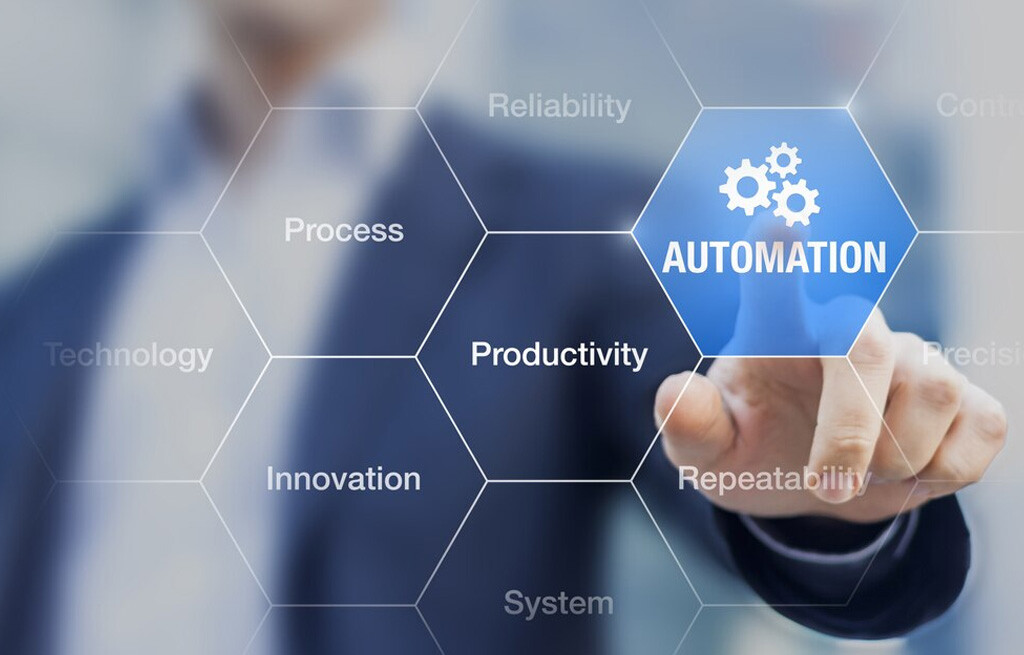Machine Translation with Post-editing
Get it done faster at lower costs
Professional post-editing services
With fast-improving neural machine translation technologies, machine translation with post-editing is now a solid option when you need document translation faster and on a limited budget. Post-editing is a service that uses machine translation output as a base of the translated text. Our professional linguists will be assigned as post-editors to edit the output, such as correcting any grammatical errors or mistranslated parts and adding translations that are missing.
Choosing a reliable partner
Kawamura International has been leading the Japanese post-editing field for years, working on a multitude of projects – small and large. Since not all documents are suited for machine translation with post-editing, thorough consultation is the key to a satisfactory result. You can count on us to serve as your partner to show you all the possible options and decide on what is the best for you.
Kawamura International’s Post-editing Services
Working with international standards
We are actively involved in the formulation of the international standard for post-editing (ISO 18587). This enables us to discuss clearly about quality standards and set the suitable process, method, and requirements for post-editing. There is a clear distinction between post-edited translation and human translation. We provide the service by first clarifying the differences between human translation.


Post-editor training
Same as in human translation, the key for a successful post-editing project is securing reliable linguists. Post-editing requires specific skills, which share some similarities with translation work but certainly have distinct requirements. This is why post-editor training is important. We use a hands-on learning approach to train our editors and also offer workshops for experienced editors to improve their productivity.
Integrating with CAT tools
In the modern era of technology, translation work also utilizes various tools to automate the workflow and increase efficiency. We work with all major computer-assisted translation (CAT) tools such as SDL Trados Studio, Memsource, memoQ, and XTM. Our team will set up a seamless post-editing workflow on your preferred CAT tool, combining machine translation with a translation memory. Creating this foundation will allow your future projects to proceed more and more efficiently.

Case Studies
CASE: eDiscovery x MTPE
Industry: Manufacturing
Project: Japanese to English translation of emails, scanned documents of handwritten notes, and other supplementary documents in various formats.
A global manufacturer in the US needed to prepare eDiscovery documents that consisted of more than 5 million characters, which were about 1,000 files, as soon as possible. Considering its volume and urgency, Kawamura International suggested machine translation with post-editing and to create and apply a translation memory within the ongoing project. Not only was the manufacturer able to reduce the translation cost by 80% of what it would’ve been if fully prepared by human translation, the manufacturer was able to receive the translated eDiscovery documents in a couple of months.
CASE: Software development x MTPE
Industry: IT
Project: Japanese to English translation of test case documents for software development
A global IT vendor needed document translations in a rush, and the preferred turnaround time was not possible by standard translation services. Since the documents were intended for internal use, the translation didn’t require fluency. Kawamura International suggested machine translation with post-editing and presented a sample translation using the actual documents. Seeing that it can fulfill the minimum quality of getting the message across, no misinterpretations or missing elements, the vendor decided to proceed with the post-editing option. It was the best option after considering the balance of cost, quality, and turnaround time.
CASE: Life Science x MTPE
Industry: Life Science
Project: Japanese to English translation of 2000-page manuals
A global life sciences company had to translate its Japanese manuals into English to share the information with its offices around the world. Kawamura International proposed a machine translation with post-editing option to prioritize cost and time. After a careful consideration of the quote along with a sample translation of the manuals, the company was convinced that the post-editing option was its optimal choice, balancing quality with cost and time. In simple words, the suggested translation method was good enough for its purpose.